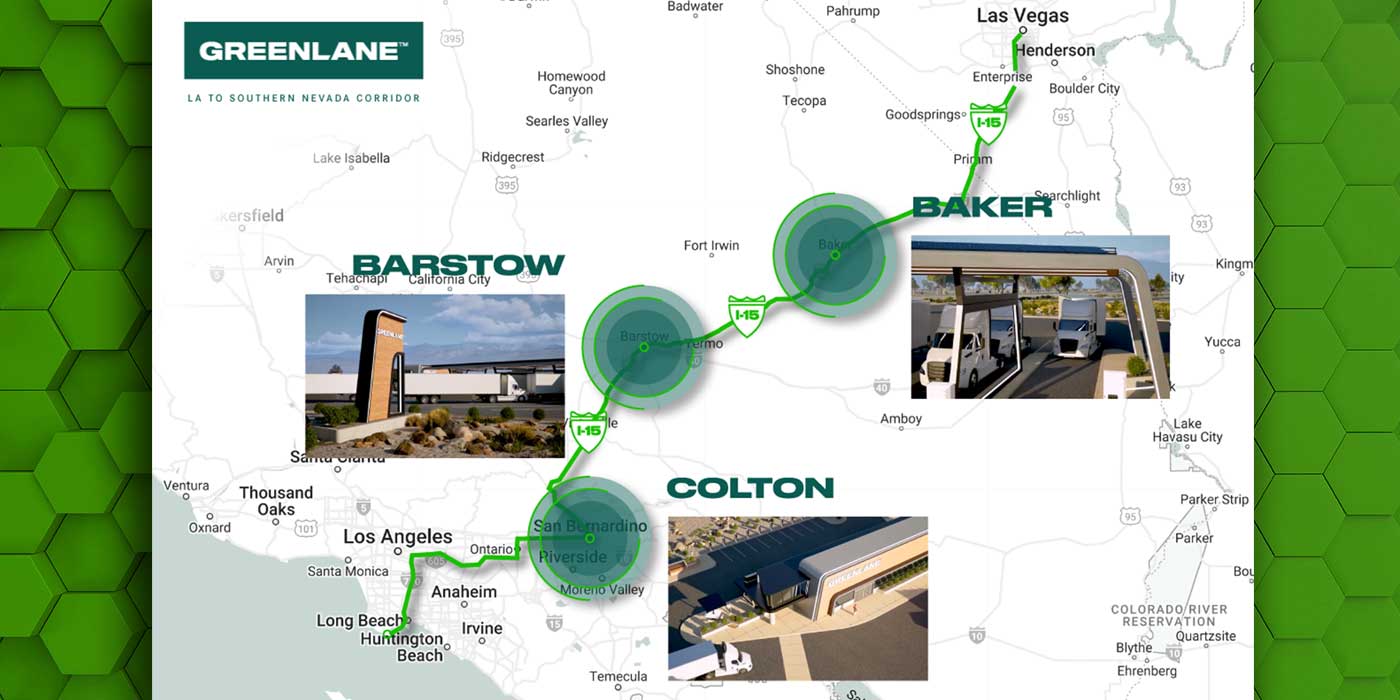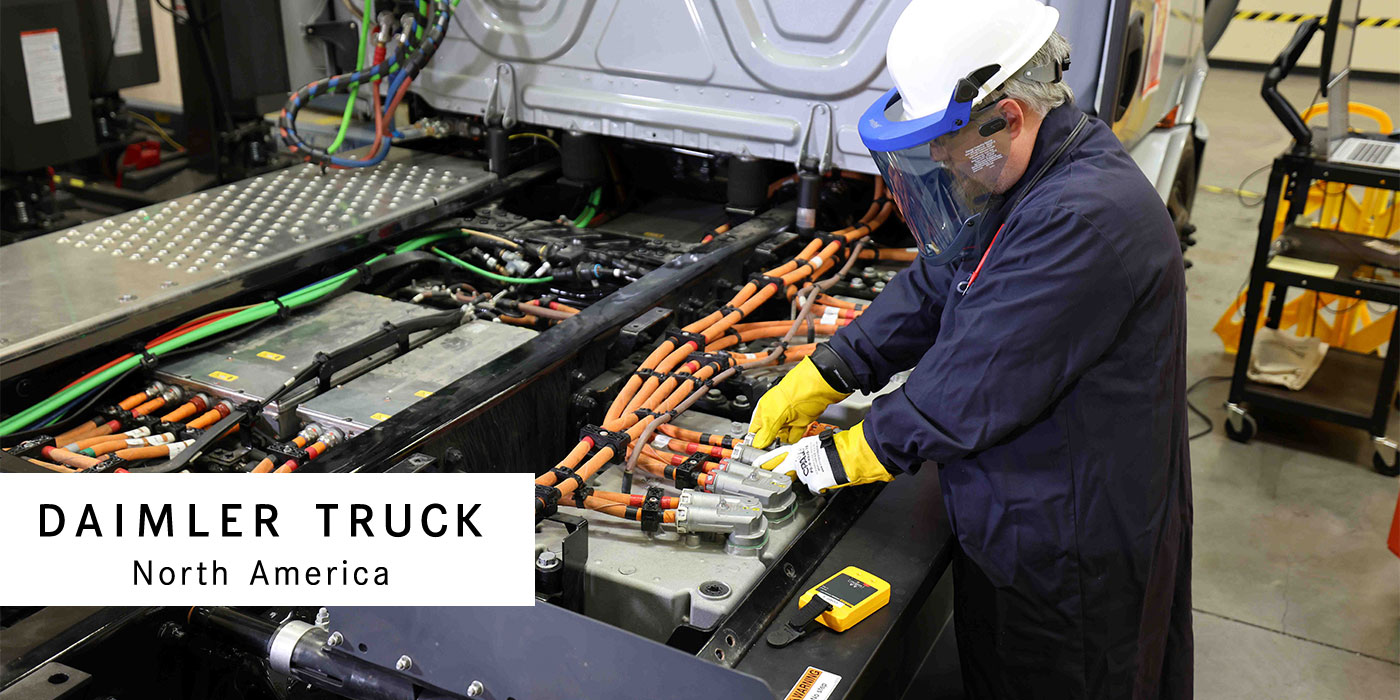Comments made recently by Martin Daum, president and chief executive officer of Daimler Trucks North America (DTNA), focused on the industry’s continuing efforts to address CO2 reductions as outlined in Greenhouse Gas (GHG) Phase II legislation, noting that clean engines are only part of the solution. He suggested that adjusting speed limits and improving the nation’s road and highway infrastructures are the next reducing emissions and conserving fuel. Daum noted that 3 billion gallons of fuel are wasted annually due to excessive idling related to road congestion and traffic bottlenecks (only 25% of which are caused by traffic accidents), which have been reported to consume 800 million gallons of fuel. The EPA proposed Phase II Rule seeks to save 1,800 million gallons of fuel over 10 years. Daum suggested that if the road/traffic issues could be better controlled, we could likely save 2,200 million gallons of fuel annually.
The American Transportation Research Institute (ATRI) Critical Issues in the Trucking Industry 2015 Transportation/Infrastructure/Congestion/Funding report supports Daum’s statements. According to ATRI, “The United States’ 4.1 million miles of public roadways must be properly maintained and improved to allow the industry to efficiently deliver the nation’s goods. ATRI research documented trucking industry costs of $9.2 billion associated with interstate congestion in 2013. The negative impacts of congestion, failing infrastructure and the need for a long-term transportation funding solution all combined to keep this issue in the top ten in 2015.”
Can’t get enough columns and features from Carol Birkland? Click here to read all her articles.
ATRI outlined its proposed strategies:
- Advocate for long-term highway funding through an increase in the fuel tax or other user fees and prevent additional diversion of revenue to non-highway projects. More than half (52.6%) of respondents rank this strategy as their top choice. The ability of current fuel tax revenues to fund transportation improvements has been declining primarily due to increased construction and materials cost and, to a lesser extent, improvements in fuel economy and stagnant fuel tax rates. However, research has demonstrated that the existing fuel tax is an efficient form of taxation, and as such, many in the industry support increasing the fuel tax as a stable source of funding.
- Utilize the congressionally mandated National Freight Policy and National Freight Network as tools to ensure adequate investment in critical highway infrastructure. As part of the MAP-21 authorization passed in 2012, Congress mandated that the U.S. Department of Transportation (DOT) develop a National Freight Policy and National Freight Network to assist with long-term infrastructure planning and investment prioritization. 27.5% of respondents considered this the best strategy for addressing infrastructure challenges.
- Create a new funding program to focus federal resources on truck bottlenecks on major freight routes; 20.6% of respondents feel that it is necessary to prioritize where transportation funding is spent. ATRI tracks congestion at 250 freight-significant locations and produces a ranking of those locations as one means to facilitate investment prioritization. The Jane Byrne Interchange (formerly Circle Interchange) in Chicago is now the focus of a $450 million reconstruction effort to improve truck freight mobility as a direct result of this work.
On Oct. 29, U.S. Transportation Secretary Anthony Foxx announced that the DOT would provide $500 million for 39 transportation projects in 34 states, some projects spanning several states, from its Transportation Investment Generating Economic Recovery (TIGER) 2015 program. However, none of the grants relate directly to highway/road improvements, nor do they directly address road congestion concerns.
The issue of better roadways and improving our infrastructure impacts more than on-highway freight transportation—it affects everyone who uses the road. For changes to occur, members of our industry will need to pressure local and federal legislators to proactively work for change.














